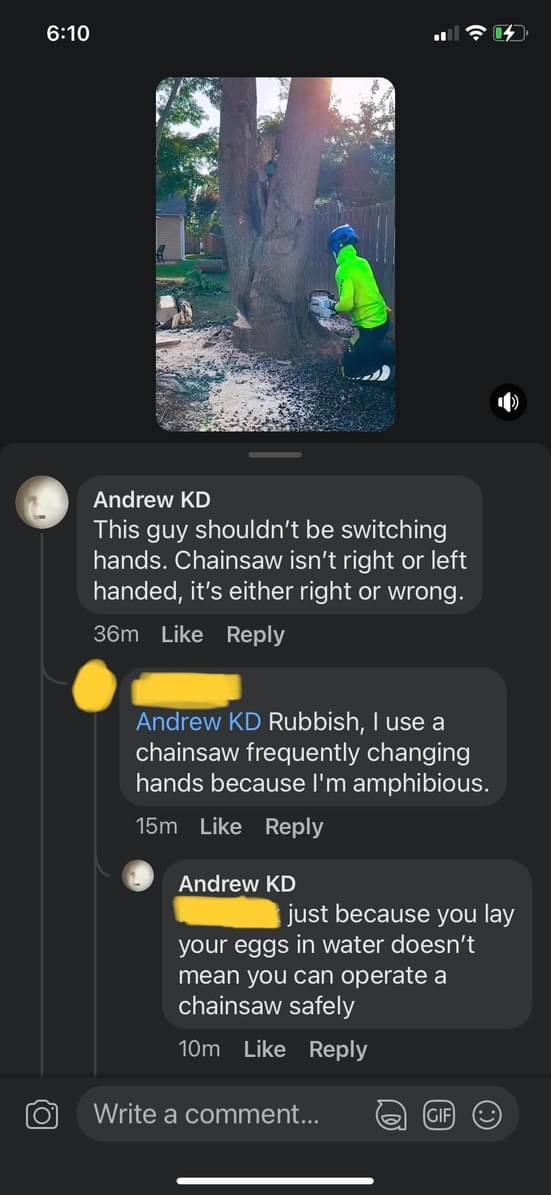#amphibi
Text
NOOOOOO MARCYYYYYY
3 notes
·
View notes
Text

putting off writing Down Below au by making stupid memes. as one does
#the delicate balance of juggling gen/plot fic and psych horror fic and more humorous travel fic. anyway#amphibi#bañana post#underpath au
10 notes
·
View notes
Note
Can we see what's at the bottom of the lake if there is anything?

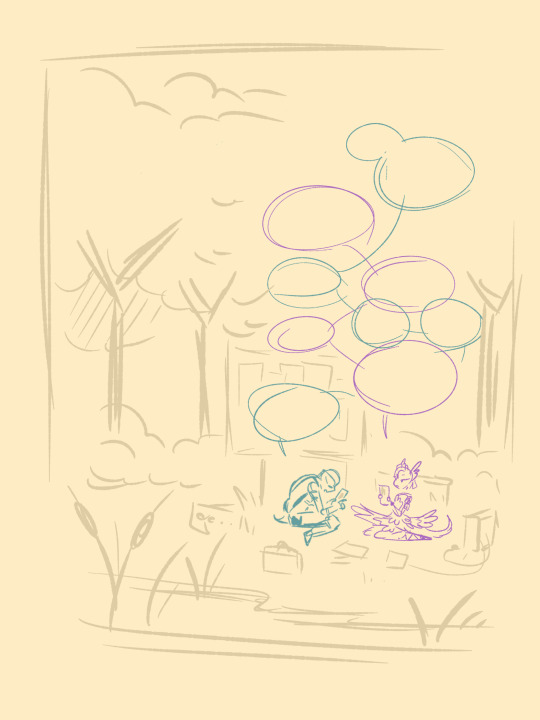

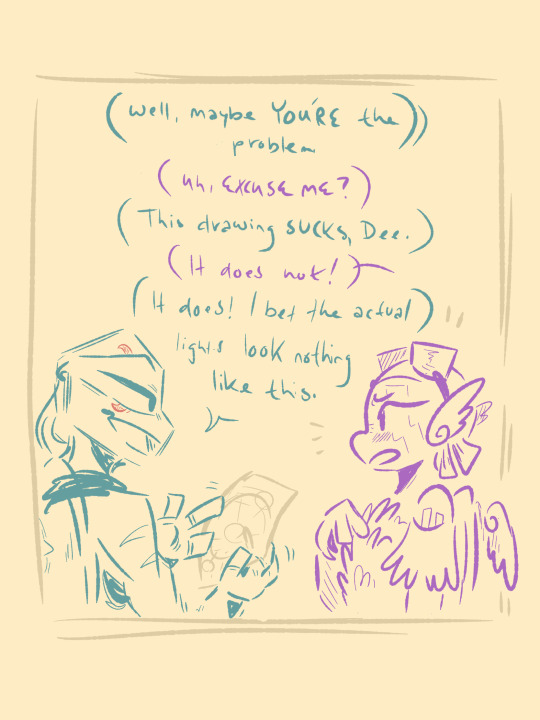
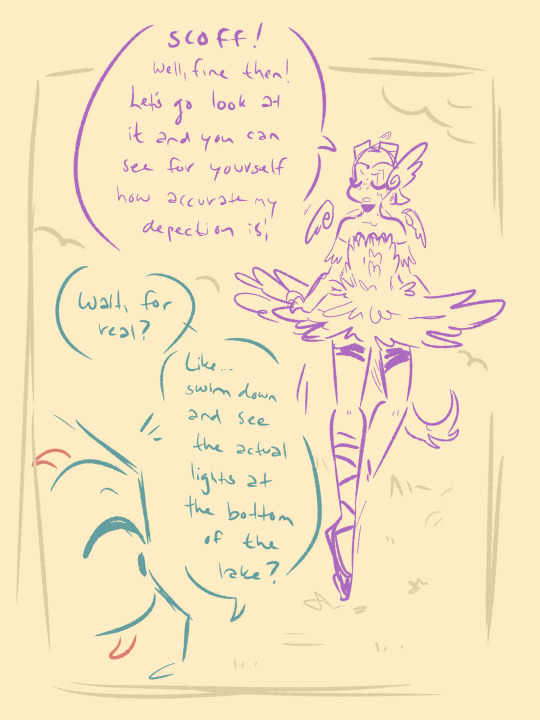

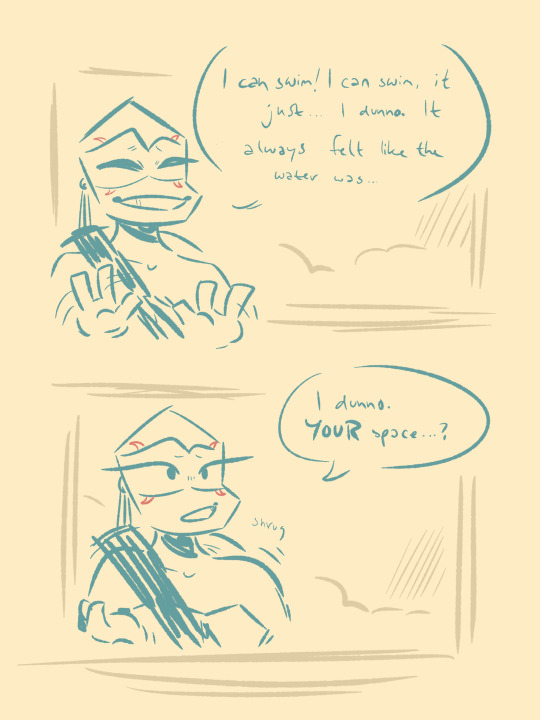

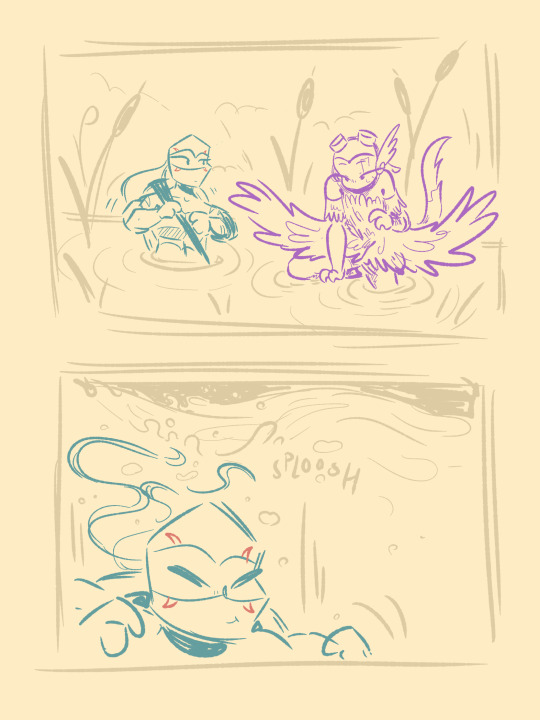

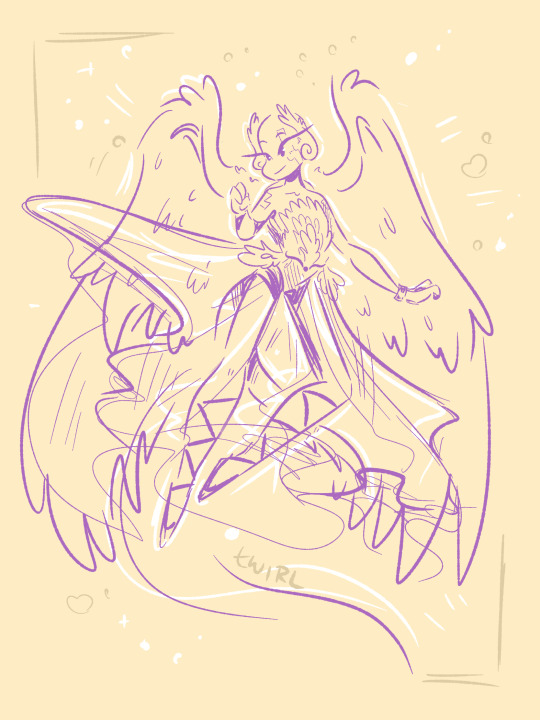

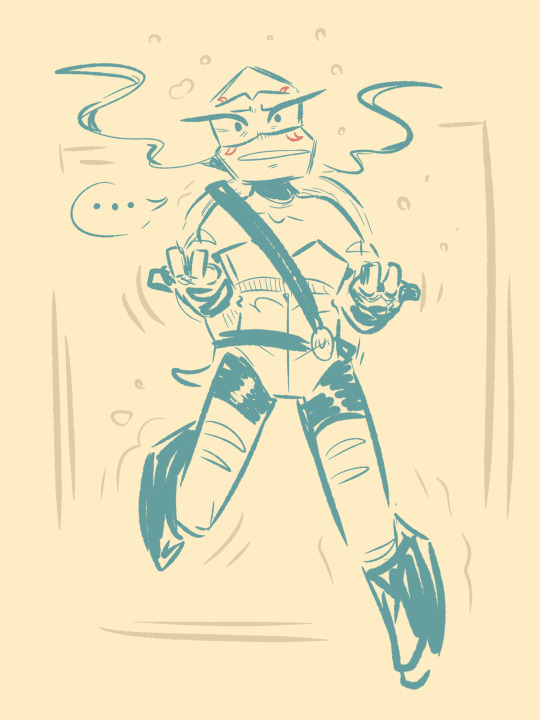
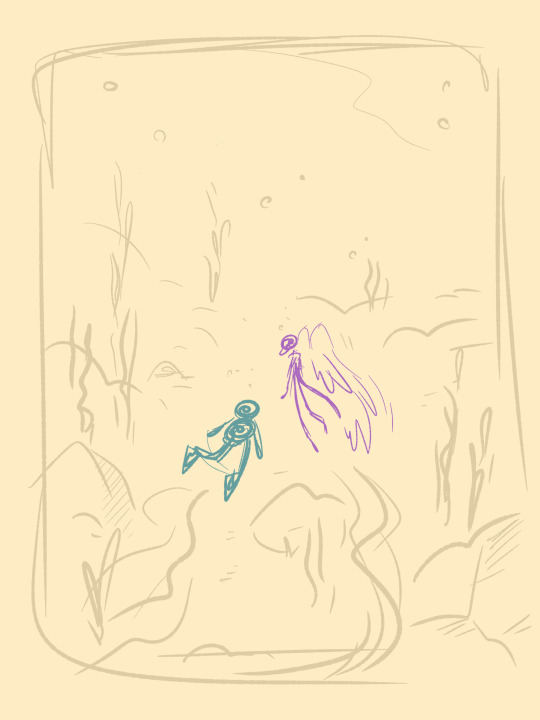



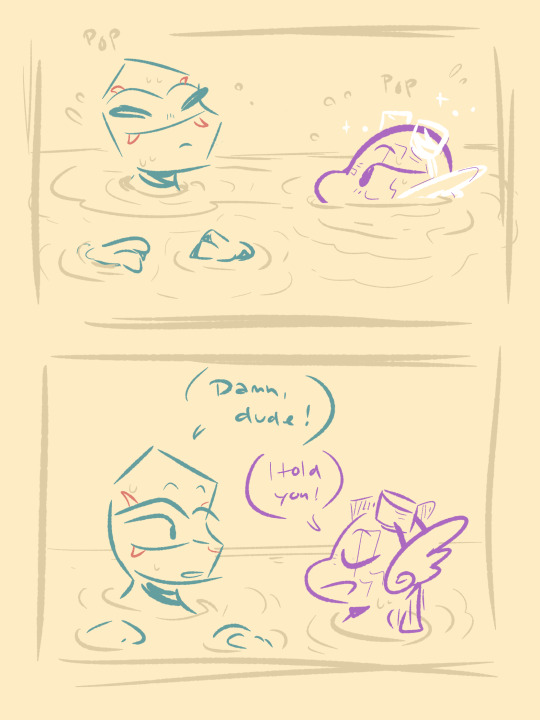



swanatello
[ next ]
#YES donnie has an amphibious mode and YES it comes with a magical girl transformation#he usually outfit isnt very aerodynamic yk?#anyway next part... soon! coz we're doing multiple parts for this one#there was just too much to put into one. but we keep it silly#easy breezy beautiful no fussing no “it has to look perfect” just MAKE IT#not that any of my stuff is really that polished but... yk#anyway i guess i just post stuff at 2 am now congrats all ye who also do not sleep at night#swanatello#rottmnt#rottmnt au#rise of the teenage mutant ninja turtles#rise of the tmnt#tmnt 2018#rottmnt donnie#rottmnt donatello#rottmnt disaster twins#rottmnt leo#rise donnie#rise donatello#rise disaster twins#rise leo#donniesona#risesona#fidgetwing#asks#anon#naoblivio
1K notes
·
View notes
Text

March Of Robots Lancer Edition
Day 14
Amphibious Operations Tortuga
ooo cool links you wanna click on to support me
#art#digital art#march of robots#lancer#lancer rpg#amphibious#military#guns#sci fi#robot#mecha#ttrpg#rpg#camo
188 notes
·
View notes
Text





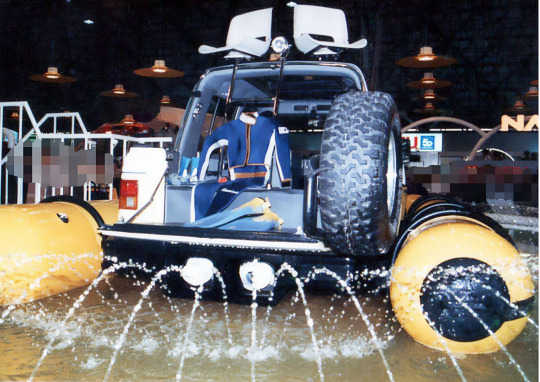
Mitsubishi Pajero Fuori Strada II, 1987. An amphibious version of the first generation Pajero with an open rear deck that was presented at the 27th Tokyo Motor Show. The "off road" Pajero featured seats attached to the roof for fishing or just a better veiw
#Mitsubishi#Mitsubishi Pajero#Mitsubishi Pajero Fuori Strada#amphibious#1987#Tokyo Motor Show#27th Tokyo Motor Show#concept#design study#prototype#first generation
215 notes
·
View notes
Text

#lamborghini countach#countach#lamborghini#lambo#supercar#hypercar#exotic car#luxury car#dream car#classic car#amphibious car#amphibious#muscle car#muscle cars#musclecar#musclecars#classic#vintage car#sports car#vintage#aes#aesthetic#aesthetics#beach#sea#ocean
182 notes
·
View notes
Text

Temporarily halting his squad behind the relative shelter of an Amphibious Assault Vehicle, Cpl. Anthony Cucchiara of Kilo Company, 3rd Battalion, 1st Marine Regiment, shouts across the street to know the situation of the other members of his platoon, during Operation Phantom Fury, on November 12, 2004.
Kilo Company pushed south on the main thoroughfare through Fallujah, designated Route Henry, where they encountered the heaviest resistance since the assault began four days prior.
(Photo by: Lucian Read)
#usmc#us marines#infantry#grunts#fallujah#operation phantom fury#urban combat#amphibious assault vehicle#miltary
164 notes
·
View notes
Text

cocker spaniel this fox that. well i think he should be a baby hippo sometimes. as outlined in the following.

#kris draws#nin#nine inch nails#trent reznor#i like bald trent actually hes like some kind of amphibious creature to me#like a seal maybe also
123 notes
·
View notes
Text

Very Good Morning! Several Large Explosions and Fires are raging at the Port in the Crimean City of Feodosia on the Coast of the Black Sea, following Ukrainian Strikes against what is reported to be Russian and Iran Naval Vessels carrying Munitions; the Ukrainian Air Force is claiming to have Sunk the “Novocherkassk” (BDK-46), a Ropucha-Class Amphibious Landing Ship during the Attack.
P.S. While Trump and other idle talkers cool their mouths by engaging in lies and political demagoguery, Ukraine is effectively destroying - the military resources of the criminal regimes of Russia and Iran....The only way to achieve peace is to completely destroy the Russian army, navy and industrial resources throughout the territory of Russia....
#Ukraine#Feodosia#russian defeat#russian navy#Novocherkassk#Novocherkassk” (BDK-46)#Ropucha-Class#Amphibious Landing Ship#iran#kremlin#ukrainian independence war
92 notes
·
View notes
Text

Albatross departing Coolidge, Az
#Grumman#HU-16#Albatross#amphibious aircraft#seaplane#flying boat#Fly in#Coolidge#airplane#plane#aviation
82 notes
·
View notes
Text
Gendered clothes are absolutely cultural and it’s absolutely true that there are things we today might perceive as feminine that would have been considered masculine/neutral in the period. The problem is that 90% of people talking about this online don’t know enough about historical fashion to identify which is which. So people will be like this man was the height of masculinity and then show you a picture of a fop.
162 notes
·
View notes
Text

"Recovery swimmer attaching the flotation collar around the Apollo 14 capsule (CM-110), with the still-attached parachute lines still visible."
Date: February 9, 1971
NASA ID: 71HC-245
#Apollo 14#Apollo CSM Block II#CSM-110#Kitty Hawk#NASA#Apollo Program#H-type mission#Splash down#Splashdown#Recovery#USS NEW ORLEANS (LPH-11)#USS NEW ORLEANS#Iwo Jima Class#Amphibious Assault Ship#Pacific Ocean#United States Navy#US#Navy#USN#February#1971#my post
79 notes
·
View notes
Text

Tunnel Crawler
What madman thought crossing a scorpion with an angler fish was a good idea?!
Source
Creator: illuminatitriforce
#lego#bionicle#animal#animal shape#rahi#aquatic#aquatic rahi#aquatic life#aquatic animals#semi-aquatic#amphibious#arthropods#arachnid#scorpion#lure#angler fish#tail#long#long tail#launcher#sphere launcher#teeth#big teeth#eyes#green#green eyes#multiple eyes#multiple limbs#multiple legs
58 notes
·
View notes
Text
Wet Beast Wednesday: platypus
Since I've been designing original Pokemon for a hypothetical Australia-based region I've been doing some research on Australian fauna and one of them (which I made into a starter) is the famous platypus. Join me and we will learn why these animals are so weird I don't blame the European naturalists who thought they were hoaxes until presented with a live specimen. I mean you can blame European scientists of the time for a lot of things, but doubting the platypus isn't one of them.
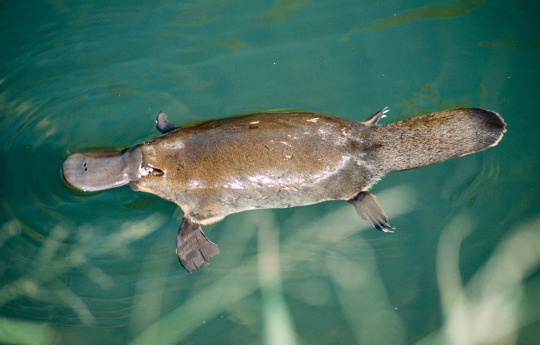
(image: a platypus at the surface of the water, seen from above. It is a brown, furry mammal. Its legs are very short, with long webbed tows. Its tail is broad, flat, and furry. It has a large duck-like bill at the front)
The first preserved Platypus specimens brought to Europe were thought to be hoaxes made by taxidermists attaching parts of different animals together, like the Fiji mermaid or jackalopes. Its pretty clear why they thought this as platypi (there's not definitive plural of platypus and platypi is the one I refer) look like real-life chimeras. A mole-like body (indeed, they were originally thought by naturalists to be species of mole) with a duck's bill, otter's feet, and beaver's tail. In fact, platypi are none of the above but are instead one of five surviving species of monotremes, the smallest and most basal lineage of extant mammals alongside the marsupials and placentals. Monotremes possess many traits distinct from other mammals and taxonomists currently believe that the monotreme lineage split off from the lineage of live-birth giving mammals prior to marsupials and placentals diverging from each other. Differences that monotremes have from all other mammals include a lower body temperature, lack of external ears, different jaw and inner ear structures, a cloaca (combination of the excretory and reproductive tracts into a single hole), more reptile-like embryo development, and the fact that they lay eggs instead of giving live birth. Many of these traits (especially the cloaca and laying eggs) are believed to be holdovers from pre-mammalian ancestors and thus monotremes are highly valued by scientists studying mammal evolution.
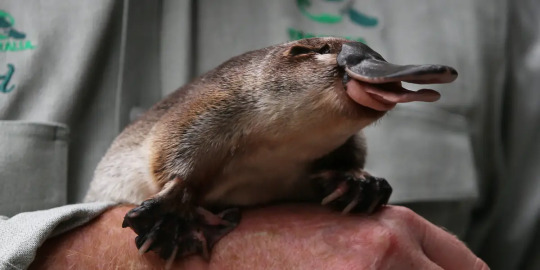
(image: a platyus standing on a person's hand. It is around the same size as the hand. It is seen from the front, with its head turned to the right. Its mouth is slightly open)
Platypi are semi-aquatic animals found in rivers and streams along eastern Australia and Tasmania. They are the only living members of their genus and family, though fossil relatives have been found. Their size varies based on habitat and ranges from 0.7 to 2.4 kg (1.6 to 5.3 lbs). Males average 50 cm (20 in) and females average 43 cm (17 in). Platypi are covered in fur that traps a layer of air to insulate them while swimming. The fur is bioflourescent, producing a blue-green glow when exposed to ultraviolet light. The tail is used to store fat and will glow larger in a well-fed individual. All four feet are webbed, the front feet more so. The style of swimming used by platypi is unlike that of any other amphibious or aquatic mammal. Other mammals use their hind feet and/or tails for propulsion. Platypi instead use their front feed for propulsion. The hind feet and tail are only used for steering. When on land, platypi curl up their front toes and walk on their knuckles to protect the webbing between their toes. The eyes are small and weak and are not used when hunting.

(image: a platypus seen from above and below, fluorescing under black light. Its top looks dark blue with splotches of purple while the underside is a lighter green-blue with purple towards the middle)
The bill is the most important organ for finding prey. All living monotremes are capable of electroreception, the detection of electric fields. These fields are produced when prey contracts its muscles and the platypus is sensitive enough to detect very small prey. The electroreceptor organs are located on the bill and run in lines from front to back. The distribution of the organs in distinct lines allows the platypus to determine the direction of the source of an electric field by sensing which line feels the field most strongly. The bill is also covered uniformly in mechanoreceptors used for touch. Platypi hunt by digging their bills through the sediment at the bottom of the water and detecting prey. This method of hunting and use of electroreception allows platypi to hunt in very murky water. Prey consists primarily of worms, insect larvae, and crustaceans. Platypi are born with teeth in their bills, but they fall out quickly and are not replaced. Some fossil species apparently retained their teeth into adulthood. The insides of the bill are lined with ceratodontes, plates covered in rough, keratinized surfaces that are used to grind up food.

(image: a platypus foraging for food at the bottom of a river. The front of its bill is poking into the sandy river bottom. There is a submerged log in the background and multiple small fish in the foreground)

(image: a scientific diagram showing three drawings of a platypus from three angles and the area it can detect electric fields. source)
As if all that wasn't strange enough, platypi are also one of the few species of venomous mammals. The male platypus has spurs on the hind feet that inject venom. This venom is powerful enough to kill dogs, but is not fatal to humans. Instead, it causes swelling and increases sensitivity to pain. This can last for weeks to months and can be agonizing. Female platypi are born with the spurs, but they never develop venom and fall off by their first birthday. Males use their spurs to fight over territory and mates.

(image: a person showing off a male platypus's spur. The platypus is mostly out of frame, but a hind leg and some fur is visible, wrapped in a sheet. A human hand is gripping the hind leg near the toes and holding it in place. The spur is curved and conical and larger than any of the actual claws. It is located near the heel)
Platypi live in simple burrows dug along the water's edge around 30 cm above the surface of the water. They are often hidden behind roots or plants. Platypi spend most of their time in the burrow sleeping for up to 14 hours a day. When not sleeping, they spend most of theer time in the water hunting. Dives last up to 30 seconds with a 10-20 second surface interval. Platypi will travel up to 7 km (4.3 miles) from their burrows to hunt. They maintain territories and will attempt to chase competitors of the same sex out. Males have larger territories than females and their territories usually overlap with those of 3 or 4 females. Platypi are nocturnal and crepuscular (active at dawn and dusk) but have been known to come out on cloudy days. They are typically active for 12 hours per day and spend most of that time hunting. A platypus eats up to 20% of its body weight daily. Platypi are preyed upon by snakes, goannas (monitor lizards), various birds of prey, and possibly crocodiles and invasive foxes.
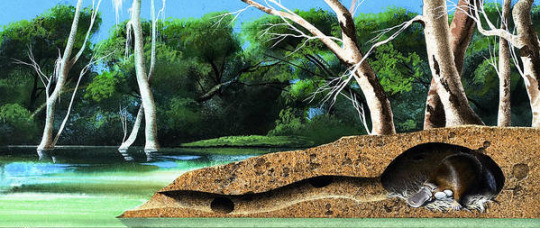
(image: a drawing of a cross-section of a platypus burrow. The burrow is located in a river bank with the opening right by the water. A long tunnel leads to a round chamber. In the chamber is a platypus with two eggs. Art by David Nockels)
Platypus mating season lasts between June and October every year. During this time, males will compete with each other for mates using their venomous spurs. Some males will maintain territories and force other males out while other males are more transitory and will go looking for mates. Females only mate with a single male every season. Strangely, females have two ovaries but only the left one is functional. After mating, the female will retreat to her burrow. While most egg-laying animals will lay they eggs as soon s they are formed, platypi retain their eggs internally for 28 days before laying them, after which they will continue to develop for 10 days before hatching. Most layings result in 2 eggs. The female curls around her eggs to incubate and protect them. Newborn platypi are called puggles and they are blind, hairless, and defenseless. As with other mammals, they feed on their mother's milk. Platypi do not have nipples and instead, the milk is secreted through the skin and into grooves on the mother's belly, where the puggles lap it up. While the puggles are developing, the mother spends less time out foraging, though she will increase the time foraging as her offspring develop. Weaning happes at 3-4 months, after which the juveniles will leave the burrow and set out on their own. Mothers have been observed laving behind soil plugs at the entrance to their burrows while there are offspring are in them. They are used to squeeze off water as the female returns to her burrow, preventing cold water from reaching the offspring.
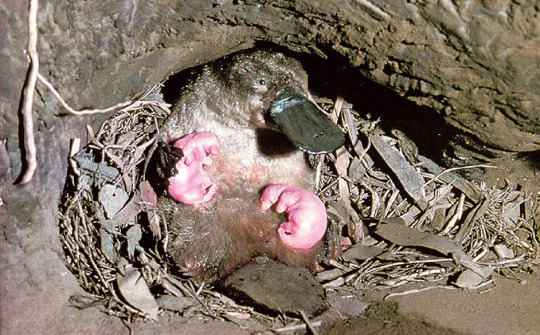
(image: a reconstruction of a mother platypus and puggles. They are in a dirt burrow lined with bits of leaves and bark. The mother is on its back and looking toward the camera. There are three puggles, which share the same body plan, but are very small and entirely pink. Tey are sitting on the mother's abdomen)
Platybi are classified as near threatened by the IUCN, though some argeu they should be reclassified as endangered. Their habitat range has decreased since European colonization of Australia and they are threatened by habitat loss, dams, pollution, and bycatch. Aboriginal Australians historically hunted them for food and Europeans also hunted them for fur, which was outlawed in 1912. The platypus was and is culturally relevant to Aboriginal peoples sharing its range, particularly the native peoples of the Murray river. There are multiple Dreamtime stories of the platypus, many dedicated to explaining how it ended up the way it is. In one, originating from the upper Darling river, a female duck named Daroo or was either seduced or kidnapped by a male water rat named Biggoon or Bilargun. After escaping, she laid two eggs that hatched into the first platypi, inheriting their mother's bill and webbed feet and father's body and fur. Another story from the same region says that the land animals, water animals, and birds all wanted the platypus to join their group and tried to convince it to join. The platypus decided that it didn't need to join any of the groups to be special, but still wanted to be friends with all of them and so took on traits from all groups.

(image: the Ironbarks Platypus, an Aboriginal Australian rock carving of a figure typically interpreted as a platypus. It is very simple, with a roughly rectangular shape with one rounded end. From one end is a simple loop usually interpreted as the platypus's bill. Four stick-like linbs emerge from the sides)
#wet beast wednesday#platypus#freshwater ecology#freshwater biology#biology#zoology#ecology#aquatic mammal#venomous mammal#amphibious mammal#monotreme#australia#animal facts
79 notes
·
View notes
Text



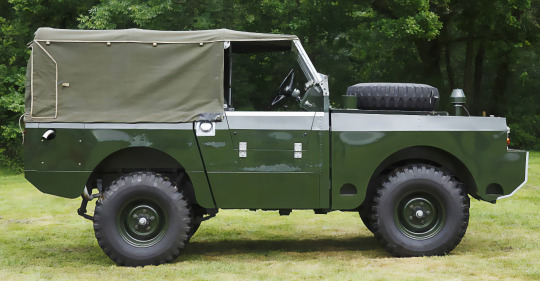

OTAL One Ton Amphibious Land Rover, 1965. A prototype built for the Australian army based on a Land Rover One Ton with a six cylinder petrol engine. The cab, wings and rear body are aluminium watertight compartments and all possible space was stuffed with expanded foam for buoyancy. Propulsion and steering was by the tyres. The vehicle went to Australia for trials but was never accepted and returned to the UK. More recently it was fully restored and forms part of the Dunsfold Collection
#Land Rover#OTAL#One Ton Amphibious Land Rover#amphibious vehicle#1965#prototype#4x4#test vehicle#watertight#Australian Army#straight 6#Land Rover One Ton
274 notes
·
View notes
